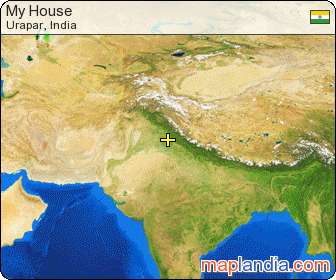
You can also right-click the offending road and select Report a data problem. On the website, you can use the Edit the map feature to report misdrawn, misnamed, or even missing roads.

If you find that a street doesn't match what Google Maps is showing - maybe it's got the wrong name, or doesn't have the right shape - you can report it to Google yourself. But it's largely up to them to report the changes to Google.

If these third-party agencies are on top of things, new roads and street names should appear quickly. This means there's not an easy way to predict when streets and roads will be updated. The message tells you to point your phone camera at buildings, street signs, or any element of scenery that Google Maps can recognize against Street View data in the area. When they visit cities to take pictures, the Street View team also makes note of when real life doesn't match what they have on the map. But they also accept data from local governments, housing developers, and more. These are mostly government agencies like the United States Geological Survey. Google receives data about streets and roads from a variety of sources. But with thousands of cities across the world and even more roads, making sure everything stays up-to-date is a big job. At Azavea, we help our clients use machine learning and satellite imagery to map places all over the worldwe’ve trained AI to map everything from buildings, to bodies of water, to solar panels and crosswalks.

Google Maps is built to show you all the streets nearby and give accurate directions from one place to another.


 0 kommentar(er)
0 kommentar(er)
